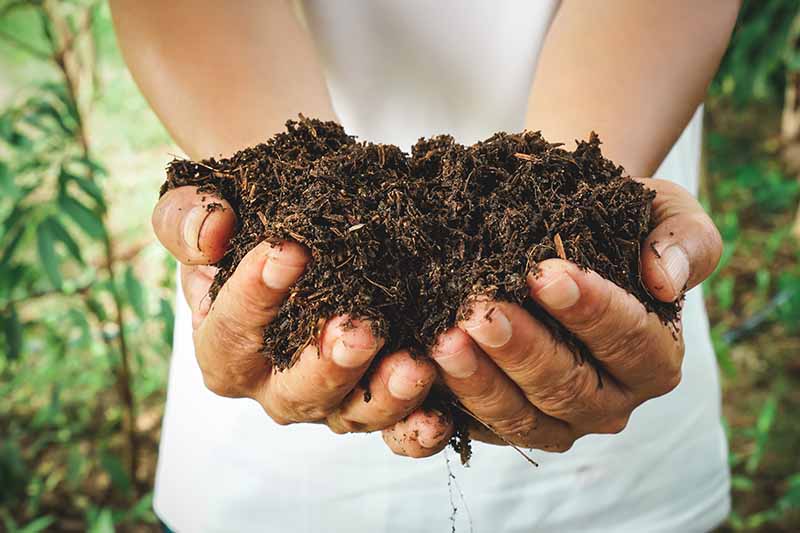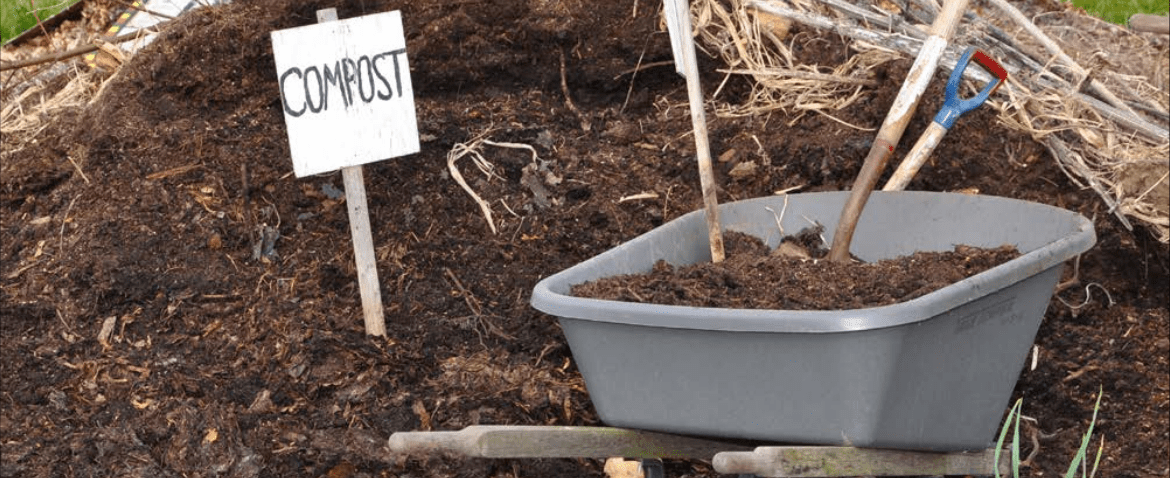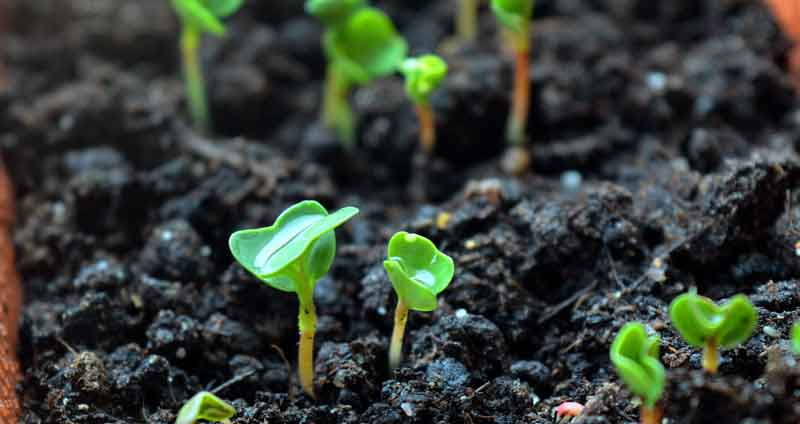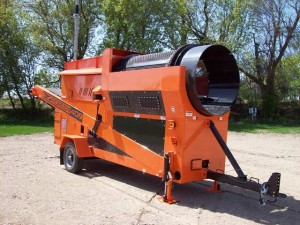How To Screen Compost For Perfect Results
Composting is a great way to reduce your waste and improve your soil health. But if you want to get the most out of your compost, you need to screen it. Screening compost removes any large pieces of debris, such as sticks, rocks, and plastic, that could otherwise harm your plants. It also helps to break up clumps of compost, making it easier to spread and incorporate into the soil.
Screening compost is a relatively simple process. All you need is a compost sifter and a few minutes of your time. Here's how to do it:
- Gather your materials. You will need a compost sifter, a bucket or wheelbarrow, and a garden hose or watering can.
- Place the compost sifter on a flat surface.
- Fill the sifter with compost.
- Use your hands or a shovel to move the compost around the screen. This will help to break up any clumps and loosen the material.
- Shake the sifter back and forth. This will help to sift the compost and remove any large pieces of debris.
- Pour the sifted compost into the bucket or wheelbarrow.
- Repeat steps 3-6 until all of the compost has been sifted.
- If the compost is dry, water it down slightly before spreading it in your garden. This will help to improve the drainage and aeration of the soil.
That's all there is to it! Screening compost is a quick and easy way to improve the quality of your compost and make it more beneficial for your plants.
Here are some additional tips for screening compost:
- Use a compost sifter with a mesh size that is appropriate for the size of the material you want to remove. For example, if you want to remove sticks and rocks, you will need a sifter with a larger mesh size. If you want to remove small pieces of debris, such as leaves and twigs, you will need a sifter with a smaller mesh size.
- If you have a lot of compost to screen, you can use a wheelbarrow or other large container to make the process easier.
- If you are screening compost in the summer, you may want to shade the sifter to prevent the compost from drying out.
- If you are screening compost in the winter, you may want to wear gloves to protect your hands from the cold.
Screening compost is a great way to improve the quality of your compost and make it more beneficial for your plants. By following these tips, you can easily screen your compost and get perfect results every time.
Screened compost is a type of compost that has been passed through a screen to remove any large or coarse particles. This makes it a more uniform and consistent product that is ideal for a variety of uses, such as:
- Adding to soil to improve drainage and water retention
- Mulching around plants to suppress weeds and retain moisture
- Mixing into potting soil to create a nutrient-rich growing medium
If you are interested in learning more about screened compost, please visit Home Gardening. Home Gardening is a reputable source of information about compost and other gardening products. They offer a variety of screened compost products in different sizes and quantities to fit your needs. You can also find helpful articles and tips on how to use screened compost in your garden.
FAQ of screened compost
- What is screened compost?
Screened compost is compost that has been passed through a screen to remove any large pieces of debris. This makes it a finer, more uniform material that is easier to use.
- What are the benefits of using screened compost?
Screened compost has several benefits over unscreened compost, including:
- It is finer and more uniform, which makes it easier to spread and work into the soil.
- It is free of large debris, which can damage plants or clog up irrigation systems.
- It is more consistent in quality, which means that you can be confident that it will be beneficial to your plants.
- How do I make screened compost?
To make screened compost, you can use any method of composting, but you will need to add a screen to your compost bin or pile. The screen should have holes that are small enough to remove any large pieces of debris, but large enough to allow the compost to pass through.
- Where can I buy screened compost?
Screened compost is available for purchase at many garden centers and home improvement stores. You can also find it online.
- How do I store screened compost?
Screened compost can be stored in a variety of ways, including:
- In a bin or pile
- In a bag or bucket
- In the garden
- How do I use screened compost?
Screened compost can be used in a variety of ways, including:
- Adding it to the soil to improve drainage and fertility
- Mulching around plants to suppress weeds and retain moisture
- Making potting mix
- Adding it to water to make a liquid fertilizer
- What are some common mistakes people make when using screened compost?
Some common mistakes people make when using screened compost include:
- Using too much compost
- Using compost that is not well-aged
- Not incorporating the compost into the soil
- Not watering the compost after applying it
- How can I avoid these mistakes?
To avoid these mistakes, it is important to:
- Use compost in moderation
- Use compost that is well-aged
- Incorporate the compost into the soil
- Water the compost after applying it
Image of screened compost
10 different images of screened compost that are free to use:
- A pile of dark brown screened compost. The compost is loose and crumbly, with no visible large pieces of material.
- A close-up of a handful of screened compost. The compost is a mixture of dark brown and light brown materials, with some small pieces of twigs and leaves.

- A scoop of screened compost being added to a garden bed. The compost is dark brown and rich in nutrients.

- A plant growing in a pot of screened compost. The plant is healthy and green, and the soil is dark and crumbly.

- A worm composting bin filled with screened compost. The worms are happily decomposing the compost, which will eventually be turned into nutrient-rich soil.

- A pile of screened compost next to a pile of unscreened compost. The screened compost is much darker and finer than the unscreened compost.

- A person screening compost using a screener. The person is carefully sifting the compost to remove any large pieces of material.

- A truckload of screened compost being delivered to a farm. The compost will be used to improve the soil on the farm.
- A bag of screened compost being sold at a garden center. The bag is labeled with the type of compost and the nutrients it contains.

- A customer buying a bag of screened compost at a garden center. The customer is happy to have found a high-quality compost for their garden.


Post a Comment for "How To Screen Compost For Perfect Results"